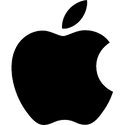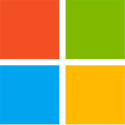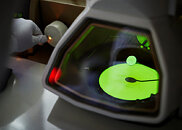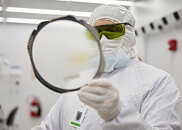
Snapdragon 8 Gen 3 GPU Could be 50% More Powerful Than Current Gen Adreno 740
An online tipster, posting on the Chinese blog site Weibo, has let slip that Qualcomm's upcoming Snapdragon 8 Gen 3 mobile chipset is touted to pack some hefty graphical capabilities. The suggested Adreno "750" smartphone and tablet GPU is touted to offer a 50% increase over the present generation Adreno 740 - as featured on the recently released and cutting-edge Snapdragon 8 Gen 2 chipset. The current generation top-of-the-range Snapdragon is no slouch when it comes to graphics benchmarks, where it outperforms Apple's prime contender - the Bionic A16 SoC.
The Snapdragon 8 Gen 3 SoC is expected to launch in the last quarter of 2023, but details of the flagship devices that it will power are non-existent at the time of writing. The tipster suggests that Qualcomm has decided to remain on TSMC's 4 nm process for its next generation mobile chipset - perhaps an all too safe decision when you consider that Apple has upped the stakes with the approach of its Bionic A17 SoC. It has been reported that the Cupertino, California-based company has chosen to fabricate via TSMC's 3 nm process, although the Taiwanese foundry is said to be struggling with its N3 production line. The engineers at Qualcomm's San Diego headquarters are alleged to be experimenting with increased clock speeds running on the next gen Adreno GPU - as high as 1.0 GHz - in order to eke out as much performance as possible, in anticipation of besting the Bionic A17 in graphics benchmarks. The tipster theorizes that Qualcomm will still have a hard time matching Apple in terms of pure CPU throughput, so the consolation prize will lie with a superior GPU getting rigged onto the Snapdragon 8 Gen 3.
The Snapdragon 8 Gen 3 SoC is expected to launch in the last quarter of 2023, but details of the flagship devices that it will power are non-existent at the time of writing. The tipster suggests that Qualcomm has decided to remain on TSMC's 4 nm process for its next generation mobile chipset - perhaps an all too safe decision when you consider that Apple has upped the stakes with the approach of its Bionic A17 SoC. It has been reported that the Cupertino, California-based company has chosen to fabricate via TSMC's 3 nm process, although the Taiwanese foundry is said to be struggling with its N3 production line. The engineers at Qualcomm's San Diego headquarters are alleged to be experimenting with increased clock speeds running on the next gen Adreno GPU - as high as 1.0 GHz - in order to eke out as much performance as possible, in anticipation of besting the Bionic A17 in graphics benchmarks. The tipster theorizes that Qualcomm will still have a hard time matching Apple in terms of pure CPU throughput, so the consolation prize will lie with a superior GPU getting rigged onto the Snapdragon 8 Gen 3.

























































